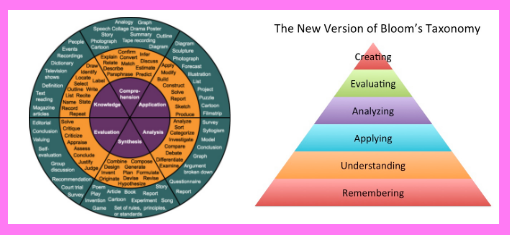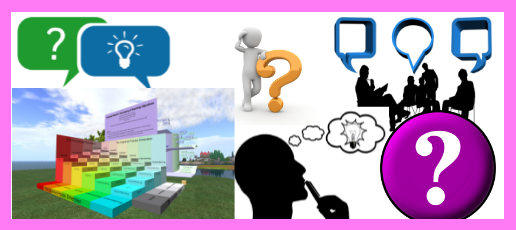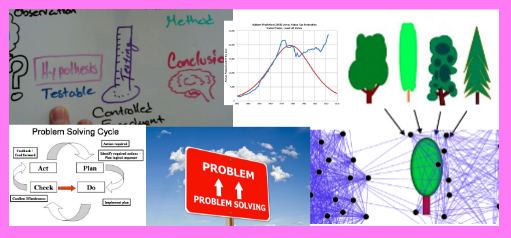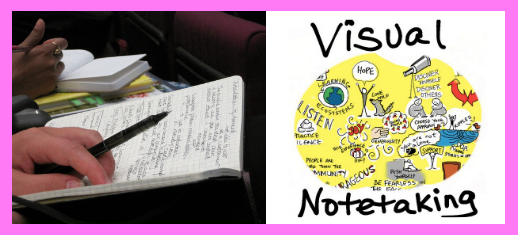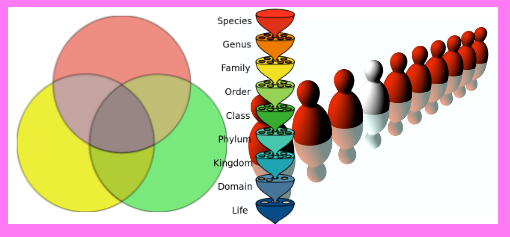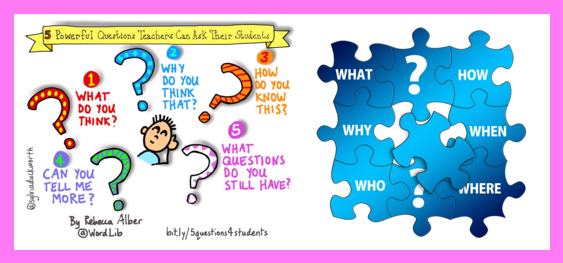Research on teaching vocabulary:
- Vocabulary is tied to intelligence, one’s ability to learn new information and one’s level of income
- Students need multiple exposures of words in context in order to learn them
- Need to see word in context at least 6 times prior to remembering and understanding it
- High density texts are less effective than low density texts at teaching students new vocabulary
- Wide reading is insufficient to teach students a lot of new vocabulary – not enough reputations of new words to give students the exposure they need to learn words in context
- Instruction in new words enhances ability to learn them in context
- priming students prior to reading with vocabulary instructions makes them more likely to understand those words in context in the reading
- priming requires minimal effort – just providing a definition sheet with examples
- One of the best ways to learn new words is to associate images with them
- imagery techniques are much more effective than simply studying definitions of words
- Direct vocabulary instructions works.
- Direction instructions on words critical to learning new content products best effects on learning.
- focus instructions on vocabulary words that are critical to learning new content
Classroom tips for teaching vocabulary:
- Identify key phrases and terms needed to understanding new material and focus vocabulary instruction on these
- Multi-step process for teaching vocabulary:
- Present brief explanation of new term or phrase
- Present nonlinguistic representation of new term or phrase
- Ask students to generate their own explanations of new term or phrase
- Ask students to create their own nonlinguistic representation of word or phrase
- Periodically ask students to review their accuracy of their explanations of new terms / phrases
Research on teaching details:
- Details include specific types of knowledge such as facts, time sequences, cause / effect sequences
- Students should have systematic exposure of details
- Need frequent exposure to details to learn them – at least 3 or 4 times before applying them in meaningful contexts
- Timing between exposure to details should not exceed 2 days
- Information needs to be revisited multiple times in order for it to stick
- Dramatic instruction works with details.
- Visual instruction works better than pure verbal instruction
- Dramatic instructions works better – students watch dramatization or are involved in dramatization of events
Classroom tips on teaching details:
- Multiple exposures:
- Include opportunities for at least 3 exposures spaced no longer than 2 days apart between exposures
- Dramatic representation of key details:
- Students act out key features of systems or events
Research on teaching organizing ideas:
- Students often have misconceptions about organizing ideas
- Hard to undo misconceptions about organization ideas
- Most effective strategy – have students provide a sound argument for their position relative to organizing an idea
- Students should be provided with opportunities to organize ideas
- Students need to apply generalizations and principles to understand them – not sufficient to just be exposed to generalizations
Classroom tips for organizing ideas:
- Make sure students can explain generalizations and provide numerous related examples of them
- Exposure to novel situations can help students test and clear up misconceptions
Research on teaching skills:
- tactics – general rules describing how to execute processes
- algorithms – sequential steps that describe processes
- Discovery approach doesn’t work well with skills
- the more variation there is in the steps to execute a skill – the more amenable it is to discovery learning
- simple straightforward skills don’t work well with discovery learning
- When using discovery learning, organize examples into categories that represent different approaches to the skill
- Organize examples by the type of problem solving skills needed to solve them
- Have students test out strategies on one type of problem at a time.
- Skills are most useful when learned to the point of automaticity
- Skills that are learned to point of automaticity require little conscious thought
- Practice starts out en masse (high density) and then becomes lower density (distributed)
Classroom tips for teaching skills:
- Use organization to facilitate discovery approach to skills
- organize problems into related categories
- have students discover approaches to problems one category at a time
- have students compare approaches to different types of problems
- Plan for distributed practice of skills
- teach students how distributed practice can lead to automaticity in skills
- provide distributed practice opportunities
Research on teaching processes:
- Processes have a higher tolerance for variation in steps than skills
- Students should practice parts of process in the context of overall process
- Focused practice of parts of a process within context of that process is more effective than providing overview description of parts of process
- Teacher should emphasize metacognitive control of processes
- Metacognitive control of processes is being able to use and control parts of processes to complete tasks
- Developing metacognitive control tips:
- plenty of guided practice opportunities with descriptive feedback
- encourage students to monitor their progress while using strategies
- generalize use of strategies by having students use them in new contexts
Classroom tips for teaching processes
- Provide overall model for key components of processes
- Example – Reading Process:
- Experience
- Select text
- Identify purpose and what’s known
- Construct meaning
- Use / reflect
- Focus on specific subcomponents of process in the overall context of the process
- Do not teach components of process in isolation
- Help students articulate strategy they are using
- Have students develop criteria for evaluating success of strategy
- Distribute practice of new strategy over several assignments over time
- Have students provide feedback and self reflection on use of strategy
Dividing knowledge into different types and knowing the strategies best suited for these types can make scaffolding more focused and effective. Knowing which types of knowledge require distributed learning opportunities can help teachers create project calendars with enough learning opportunities for students to develop new knowledge and skills.
Preparation Steps
- For an upcoming project, list learning targets and classify them by type: details, vocabulary, processes, skills
- Design scaffolding that incorporates strategies that go with each knowledge type. See above.
- Design project calendar that includes distributed practice opportunities and exposure opportunities for types of knowledge that required distributed exposure (skills, detailed knowledge, processes)
Early Implementation Steps
- Implement scaffolding & project calendar developed above
- Use formative assessments to check if students are getting enough learning opportunities to develop knowledge and skills
Advanced Implementation Steps


